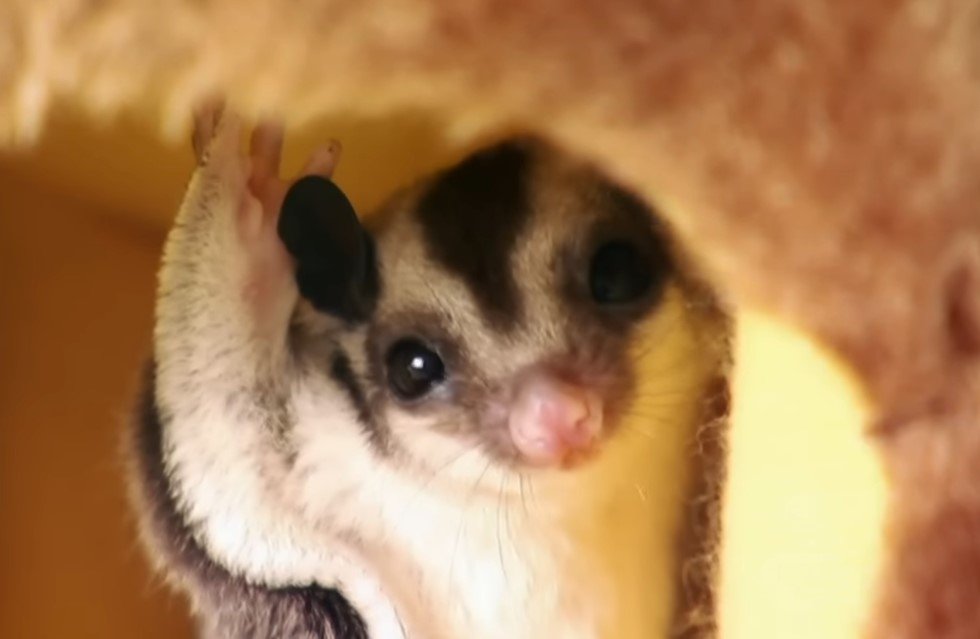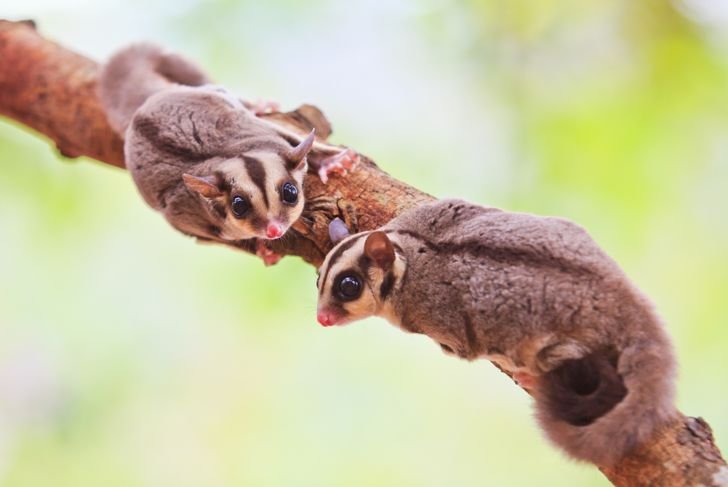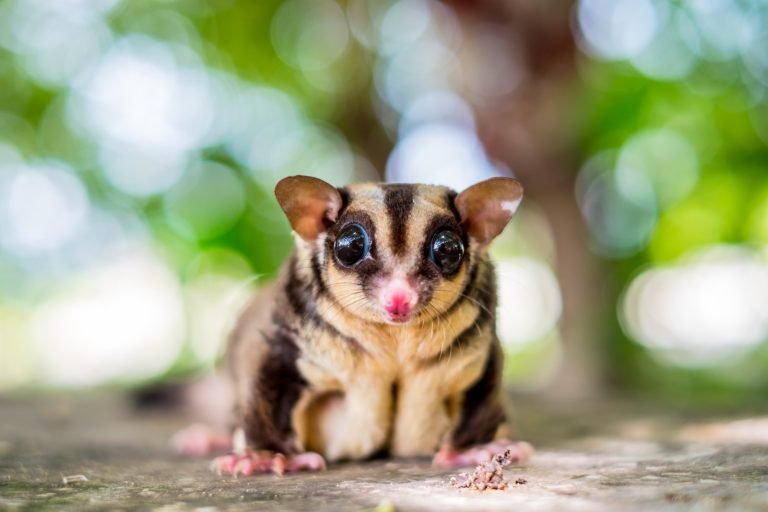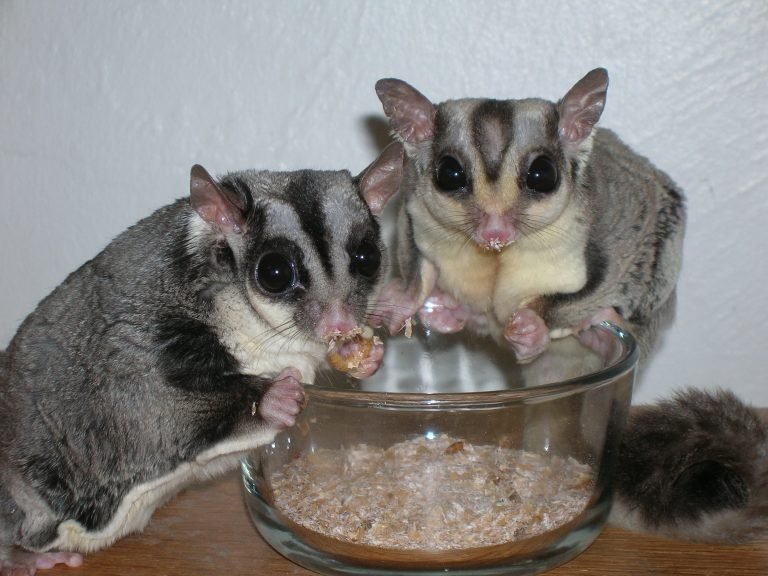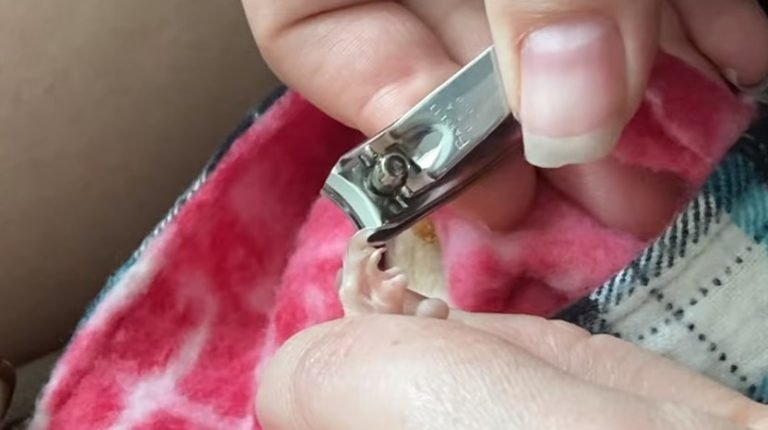What Do Sugar Gliders Need
What Do Sugar Gliders Need? A Comprehensive Guide
If you’re considering getting a sugar glider as a pet, you may be wondering what exactly these unique creatures require to thrive in captivity. Sugar gliders are adorable marsupials native to Australia and Indonesia. They have become increasingly popular as pets due to their small size, playful nature, and endearing personalities. However, it’s important to ensure that you can provide all the necessary care and resources they need before bringing them into your home.
In this comprehensive guide, we will explore the essential requirements for keeping sugar gliders as pets. From housing and diet to socialization and enrichment, we will cover everything you need to know to create a safe and stimulating environment for your lovable little companions.
Housing
Providing an appropriate enclosure is the first step in meeting the needs of your sugar gliders. Here are some key considerations:
Cage size
Sugar gliders are active animals that require adequate space to climb, glide, and explore. A suitable cage should be at least 24 inches wide, 24 inches deep, and 24 inches tall. However, the more room they have, the better. Look for cages with multiple levels, ramps, and plenty of climbing branches or perches.
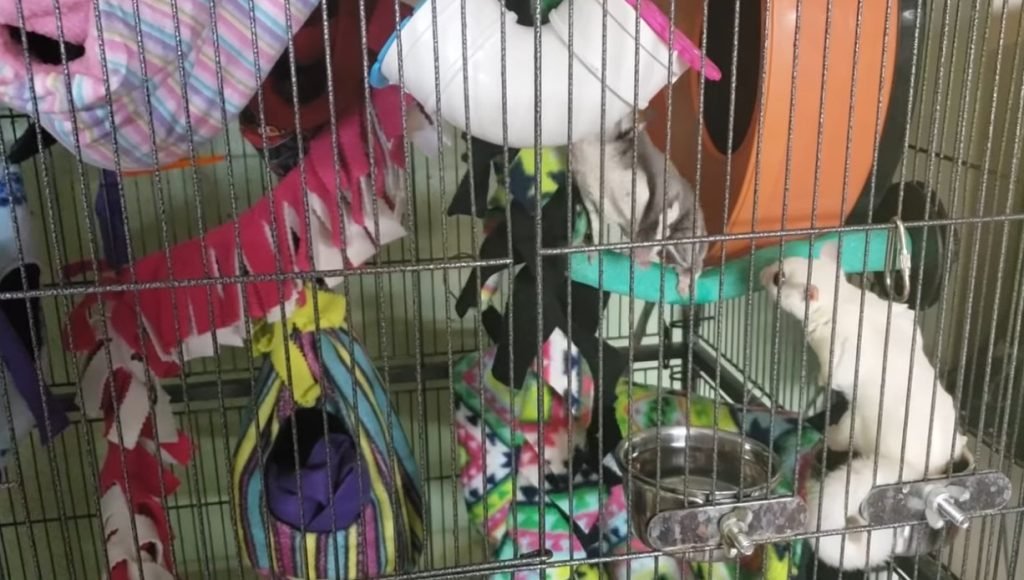
Bar spacing
To prevent your sugar glider from escaping or getting stuck, choose a cage with narrow bar spacing, ideally no more than 0.5 inches apart. Mesh or wire cages designed specifically for sugar gliders are a good option.
Cage placement
Place the cage in a quiet area away from direct sunlight, drafts, and excessive noise. Sugar gliders are nocturnal animals, so they prefer a dark and peaceful environment to rest during the day.
Bedding
Line the bottom of the cage with bedding material that is safe for sugar gliders. Avoid using cedar shavings or other aromatic wood shavings, as these can be harmful to their respiratory system. Opt for materials like shredded paper, recycled paper pellets, or aspen bedding.
Diet
A proper diet is crucial for the health and wellbeing of sugar gliders. In the wild, they primarily feed on nectar, sap, insects, and the occasional fruit. To replicate their natural diet in captivity, you will need to provide a balanced and varied menu.
Staple diet
A staple diet for sugar gliders typically consists of a specially formulated pellet or powder that contains all the essential nutrients they need. These commercially available diets are designed to mimic their natural food sources and can be supplemented with fresh foods.
Fresh foods
In addition to the staple diet, you should offer a wide variety of fresh fruits and vegetables to provide enrichment and prevent boredom. Some suitable options include apples, bananas, grapes, carrots, sweet potatoes, and leafy greens. Be sure to wash and cut the produce into small, bite-sized pieces.
Protein
To meet their high protein requirements, offer small amounts of cooked lean meats, such as chicken, turkey, or beef. You can also provide mealworms, crickets, or other gut-loaded insects as occasional treats.
Socialization
Sugar gliders are highly social creatures that thrive on companionship and interaction. It’s essential to spend time bonding and socializing with your pets to ensure their emotional well-being.
Marsupial bonding pouch
One effective way to bond with sugar gliders is by using a marsupial bonding pouch. This soft, fabric pouch mimics the feeling of being in their mother’s pouch and provides a sense of security. Carry them around in the pouch while you go about your daily activities to build trust and familiarity.
Playtime
Allow your sugar gliders to have daily supervised playtime outside their enclosure. This can be in the form of a glider-safe room or a playpen. Offer toys, climbing structures, and tunnels to keep them mentally and physically stimulated. Always ensure that the play area is escape-proof and free from any potential hazards.
Enrichment
To prevent boredom and promote natural behaviors, it’s important to provide enriching activities and toys for your sugar gliders. Here are some ideas to keep them entertained:
Foraging toys
Sugar gliders love to forage for their food. Hide treats or pieces of fruit in foraging toys or puzzle feeders to encourage their natural instincts and keep them mentally stimulated.
Chew toys
Providing appropriate chew toys helps prevent dental problems and satisfies their natural urge to chew. Offer safe materials like untreated wood blocks, bird toys, or even dog chew toys.
Gliding opportunities
Create a gliding-friendly environment by positioning climbing structures at different heights. This encourages your sugar gliders to leap and glide, mimicking their natural behaviors in the wild.
Frequently Asked Questions
Q: How long do sugar gliders live?
A: With proper care, sugar gliders can live for around 12-15 years in captivity.
Q: Can sugar gliders be potty-trained?
A: Yes, with patience and consistent training, sugar gliders can be potty-trained to use a designated area within their enclosure.
Q: Do sugar gliders need vaccinations?
A: No, sugar gliders do not require vaccinations. However, regular check-ups with an exotic pet veterinarian are recommended to ensure their overall health and well-being.
Q: Can sugar gliders interact with other pets?
A: It is important to supervise interactions between sugar gliders and other pets, such as cats or dogs, as they have different instincts and behaviors. Safety and the well-being of all animals should be the top priority.
Final Thoughts
As fascinating and adorable as sugar gliders are, it’s crucial to understand and meet their specific needs before bringing them into your home. Providing a suitable cage, a balanced diet, socialization, and enrichment activities are all essential for their overall health and well-being.
Remember, owning a sugar glider is a long-term commitment, and they require time, effort, and resources to thrive. By providing the right environment and care, you can enjoy the companionship and unique bond that these remarkable creatures offer.

